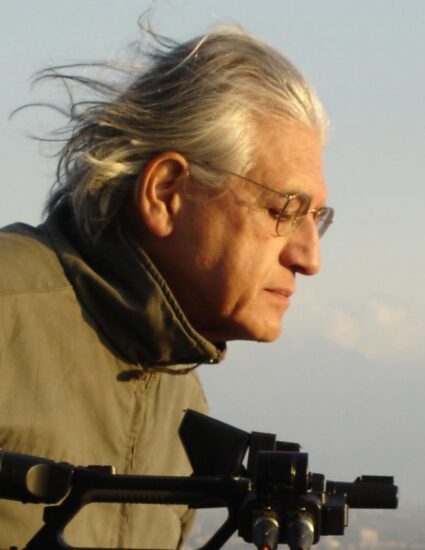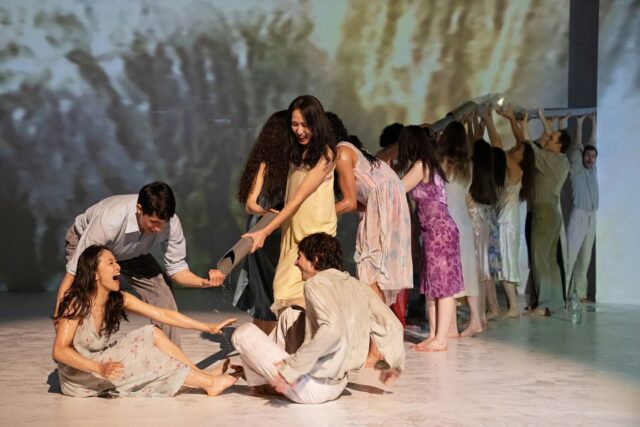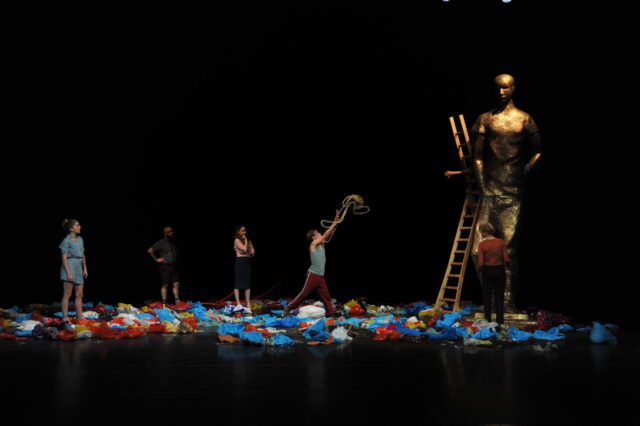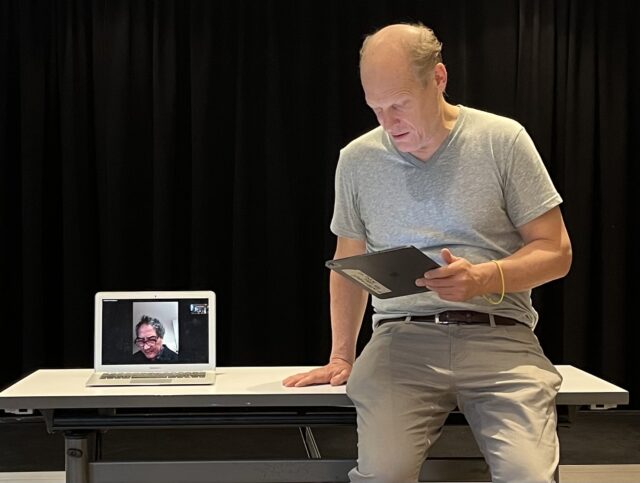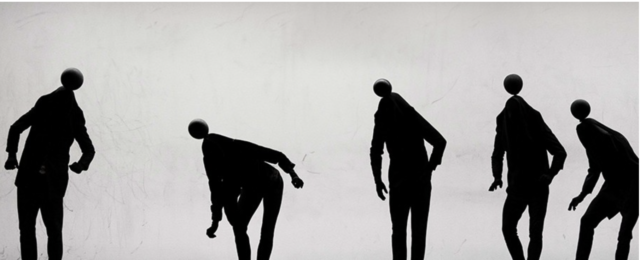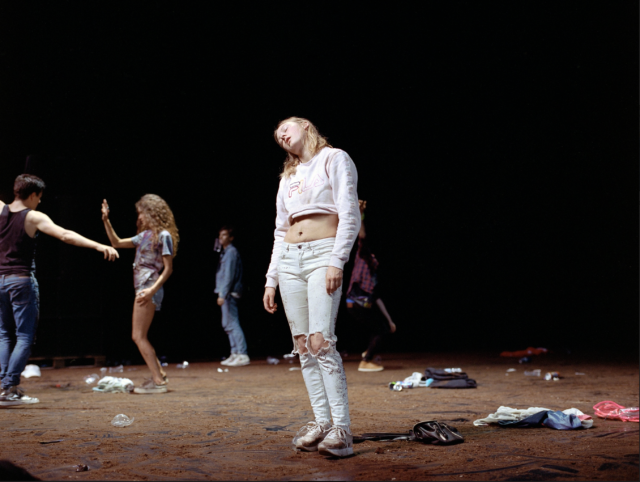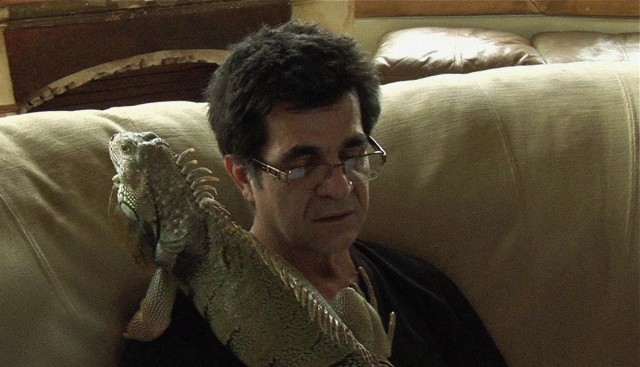
Even house arrest and potential imprisonment cannot stop Iranian auteur Jafar Panahi from telling cinematic stories
THIS IS NOT A FILM (IN FILM NIST) (Jafar Panahi & Mojtaba Mirtahmasb, 2011)
BAMcinématek, BAM Rose Cinemas
30 Lafayette Ave. between Ashland Pl. & St. Felix St.
Monday, March 25, 7:00
Series runs March 22-28
718-636-4100
canopycanopycanopy.com
www.bam.org
“You call this a film?” Jafar Panahi asks rhetorically about halfway through the revealing 2011 documentary This Is Not a Film, screening March 25 at 7:00 at BAM as part of “Triple Canopy Presents: Standard Deviations,” a weeklong festival, curated by Yasmina Price, consisting of works that challenge cinematic norms in visual and narrative storytelling. “Standard Deviations” opens March 22 with Bill Gunn’s Ganja & Hess and concludes March 28 with Ephraim Asili’s “Multisensory Alchemies: Daïchi Saïto + Konjur Collective,” featuring films accompanied by live music, followed by a Q&A. Other highlights are Stephanie Rothman’s The Student Nurses, William Greaves’s Symbiopsychotaxiplasm, and Raúl Ruiz and Valeria Sarmiento’s The Wandering Soap Opera.
After several arrests beginning in July 2009 for supporting the opposition party, highly influential and respected Iranian filmmaker Panahi (Crimson Gold, Offside) was convicted in December 2010 for “assembly and colluding with the intention to commit crimes against the country’s national security and propaganda against the Islamic Republic.” Although facing a six-year prison sentence and twenty-year ban on making or writing any kind of movie, Panahi is a born storyteller, so he can’t stop himself, no matter the risks. Under house arrest, Panahi has his friend, fellow director Mojtaba Mirtahmasb (Lady of the Roses), film him with a handheld DV camera over ten days as Panahi plans out his next movie, speaks with his lawyer, lets his pet iguana climb over him, and is asked to watch a neighbor’s dog, taking viewers “behind the scenes of Iranian filmmakers not making films.” Panahi even pulls out his iPhone to take additional video, photographing New Year’s fireworks that sound suspiciously like a military attack. Panahi is calm throughout, never panicking (although he clearly does not want to take care of the barking dog) and not complaining about his situation, which becomes especially poignant as he watches news reports on the earthquake and tsunami disaster in Japan.
“But you can’t make a film now anyhow, can you?” Mirtahmasb — who will later be arrested and imprisoned as well — asks at one point. “So what I can’t make a film?” Panahi responds. “That means I ask you to take a film of me? Do you think it will turn into some major work of art?” This Is Not a Film, which was smuggled out of Iran in a USB drive hidden in a birthday cake so it could be shown at Cannes, is indeed a major work of art, an important document of government repression of free speech as well as a fascinating examination of one man’s intense dedication to his art and the creative process. Shortlisted for the Best Documentary Academy Award, This Is Not a Film is a mesmerizing experience from a genius who has since gifted the world with Closed Curtain, Taxi, Three Faces, and No Bears, defying the government while constantly looking over his shoulder.
[Mark Rifkin is a Brooklyn-born, Manhattan-based writer and editor; you can follow him on Substack here.]
